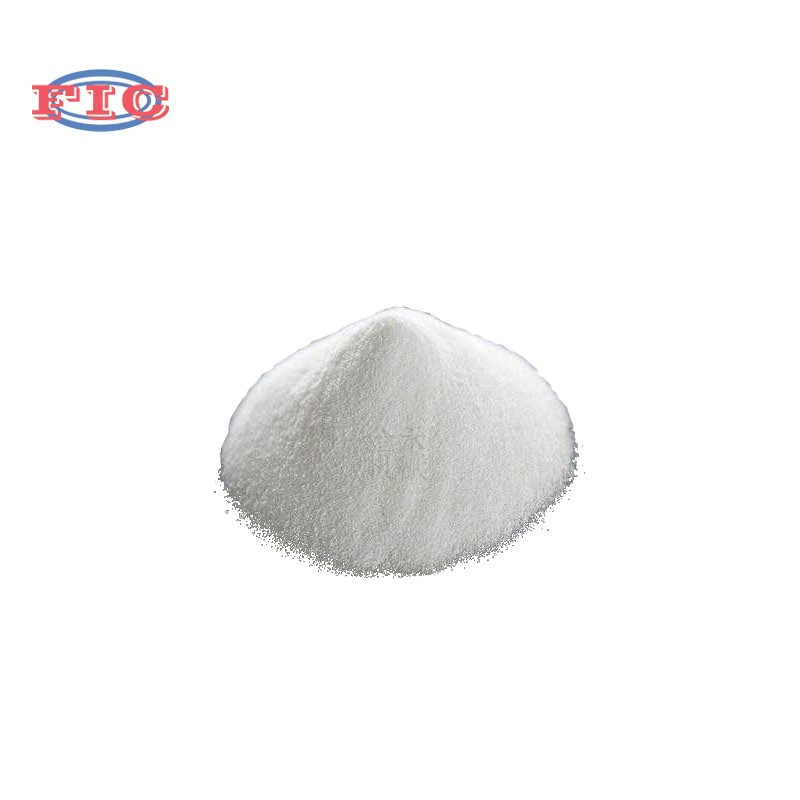Food-Grade Glucose: Uses, Safety, and the Difference Between Anhydrous & Monohydrate

If you’ve scanned the ingredient list on a loaf of sandwich bread, a sports drink, or a batch of homemade candy, “glucose” is likely a familiar term. But what exactly is food-grade glucose, and why do food manufacturers rely on it so heavily? Even more, what sets its two most common forms—anhydrous and monohydrate—apart? Let’s break this down with clear, practical details, no overly complex jargon included. What Is Food-Grade Glucose? First, let’s clarify the basics: Food-grade glucose is a simple sugar (monosaccharide) that’s purified for use in food production. It’s typically made by hydrolyzing starches (most often from corn, though wheat or tapioca can also be used) to break down complex […]








